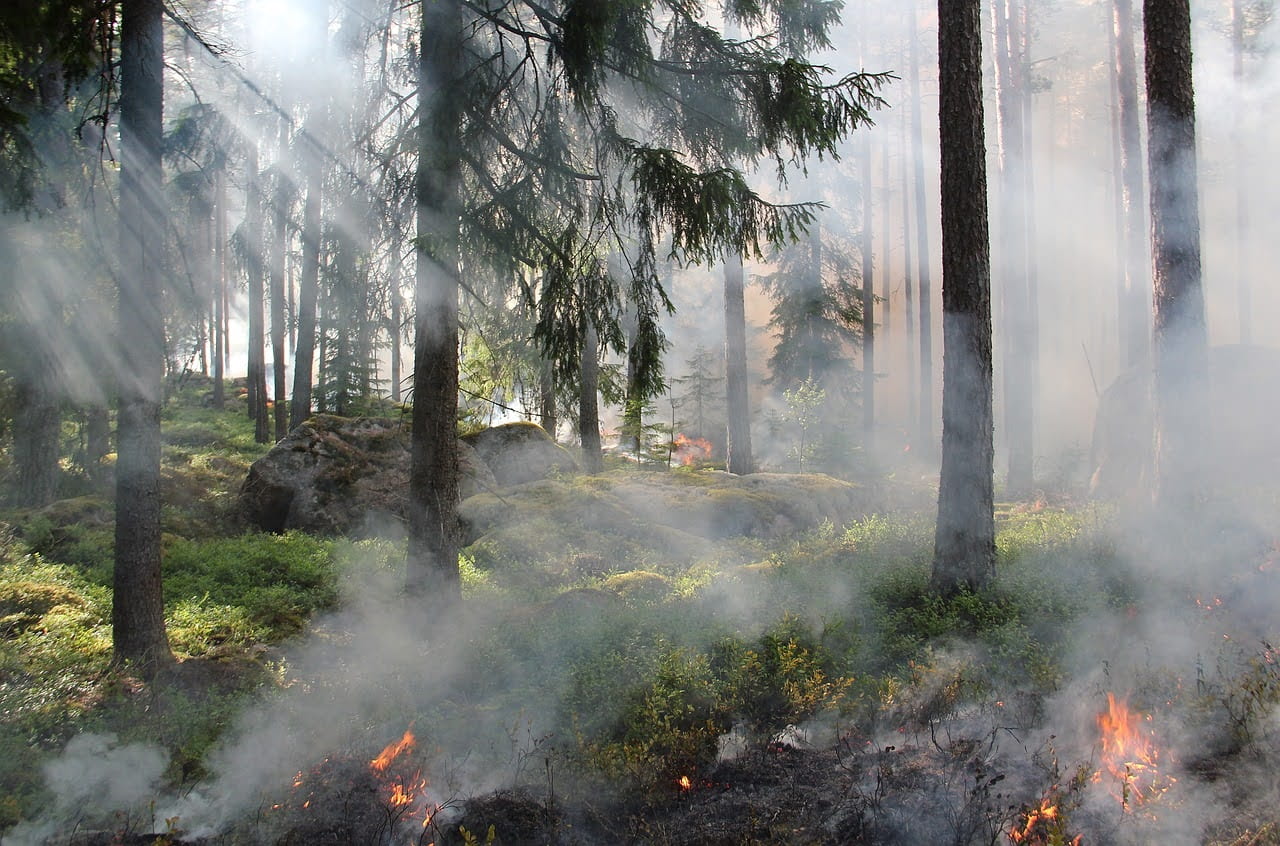Hope Rising: Conservation and Restoration Efforts in a Changing World
 With the climate crisis approaching new highs every year, deforestation and habitat destruction are becoming increasingly common occurrences. This endangers the lives of our planet and environment, putting even more animals in vulnerable positions. As this crisis develops, so do efforts of habitat restoration and conservation. It is important for individuals to put their best foot forward and remember the importance of restoration and conservation while supporting these efforts and also educating those around us about the changes being made. Amidst our grim realities, a glimmer of hope emerges in the form of individuals and organizations making the effort to save our delicate planet. From coral reef restoration to the reforestation of iconic land, this article will cover current-day conservation and restoration methods and innovations in this field.
With the climate crisis approaching new highs every year, deforestation and habitat destruction are becoming increasingly common occurrences. This endangers the lives of our planet and environment, putting even more animals in vulnerable positions. As this crisis develops, so do efforts of habitat restoration and conservation. It is important for individuals to put their best foot forward and remember the importance of restoration and conservation while supporting these efforts and also educating those around us about the changes being made. Amidst our grim realities, a glimmer of hope emerges in the form of individuals and organizations making the effort to save our delicate planet. From coral reef restoration to the reforestation of iconic land, this article will cover current-day conservation and restoration methods and innovations in this field.
Coral restoration
With rapid water pollution and coral bleaching paired with ocean temperatures rising rapidly, we are witnessing coral dying at an alarming rate. Organizations such as the Coral Restoration Foundation are making efforts to reverse this trend. They work with over 1,300 coral genotypes to ensure the restoration of not just corals but also reef diversity. They grow coral species offshore and then reintroduce them into their natural environments to encourage healthy coral systems. Using coral fragments, they propagate different coral on their coral “farm.” They do this by placing fragments on “coral trees” anchored to the ocean floor. The coral fragments are attached using a monofilament line. The tree can move with the waves and is fluid to prevent damage to the coral and the tree. The tree can hold up to 100 fragments but typically hangs only 60 to allow for adequate coral growth. They have managed to reintroduce 220,000 engaged coral reefs back into the reef system in Florida. Evidence that their methods are working includes coral that they have planted beginning to naturally spawn, indicating that their efforts will be able to restore the reef. They have managed to restore over 34,000 square miles of coral reef habitat. They also engage and educate the community by offering diving programs, presentations, and internships.
The Great Green Wall
Scientists are working to restore and prevent further desertification in Africa through this project. This project is also set to help the economy by creating 10 million jobs by 2030. Over 8 million dollars have been raised for this project, which aims to span 8,000 km across Africa. Essentially, it is a strip of plants, trees, and shrubs spanning 11 countries and aiming for better biodiversity, stopping the expansion of the Sahara Desert, and aiding with climate regulation. So far, the project has successfully restored 20 million hectares of land. Although the project has been slow and has faced some issues, there has also been criticism from many stating that this is not an end-all solution, and that encouraging locals to participate in restoration, not just for the Great Green Wall but also in their own communities, is important for environmental health. With all the pros and cons, this project is still a testament to the power people have to restore the environment.
Kwimba Reforestation in Tanzania, Africa
This project started in 1990 and has become widely successful. People from all over the world, along with businesses, work to plant trees and reforest land throughout Tanzania. The majority of the deforestation problem was due to a large amount of wood consumption, leading to the loss of most of its forest cover in the early 20th century. Some goals and outcomes of this massive restoration project were to have better and more efficient use of wood as an energy source along with economic prosperity. Over the first nine years, about 6.4 million trees were planted. To track these trees, those who made efforts to plant a tree received a certificate certifying their tree ownership.
Restoration of giant panda habitat and population growth
Pandas have been known to live throughout Asia in countries such as China, Myanmar, and Vietnam. Due to various human activities and habitat destruction, pandas have become endangered. By the 1980s, there were only 1,114 wild pandas left. In 1979, the World Wildlife Fund worked with China to conserve and protect the bamboo habitats for pandas. These conservation efforts proved successful, as by the 2000s, the panda population increased enough (17%) to remove pandas from the endangered list. Pandas are still considered a vulnerable species, but with support, further conservation, and restoration, these efforts can be sustained, and these animals can be protected.
Gray wolves in Yellowstone
Gray wolves have historically threatened livestock in the Yellowstone area. Due to this, in the mid-1920s, government programs aimed to intentionally eliminate the gray wolf population to protect other animals. As time went by, it became evident through research that prey animals were needed in the ecosystem to maintain a healthy balance. After much evaluation, the decision was made to reintroduce these wolves to the park to benefit not only the wolves but also the health of the park and its environment. This effort was made by the National Park Service and the U.S Fish and Wildlife Service.
With so much doom and gloom in the news and the world, it is easy to lose hope. Reading such stories can offer a glimmer of hope and show that with the right efforts, our planet can be restored and protected. Rather than feeling defeated by our mistakes, we should learn from them and pass down our knowledge to future generations to inspire and keep restoration and conservation alive.
The collection of these stories demonstrates the power of collective action. With the right determination, we can reverse many human wrongdoings. Rather than being overwhelmed by what’s ahead of us, we should draw inspiration and work in steps to reconstruct the picture piece by piece instead of trying to fix the entire picture at once. These stories should not be isolated successes but beacons of progress that guide us toward a more sustainable and harmonious world.


